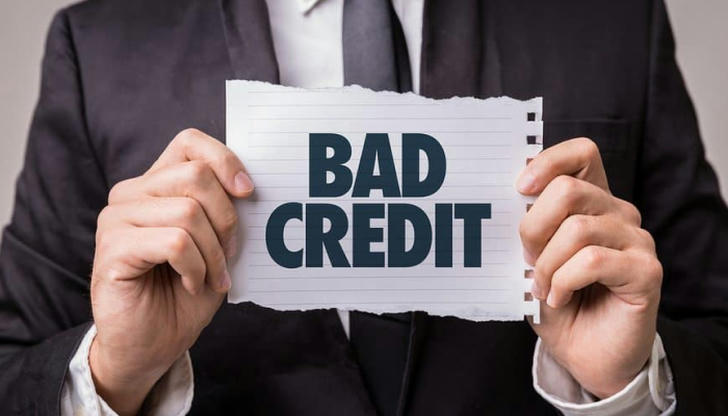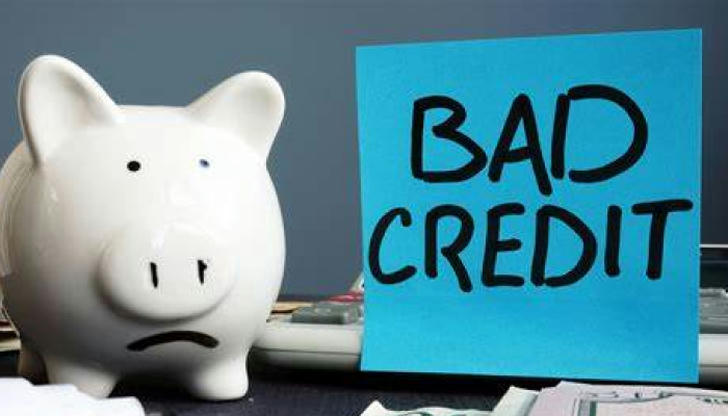Understanding Bad Credit Loans: A Comprehensive Guide
Bad credit loans are financial products specifically designed for individuals with low credit scores or poor credit histories. These loans offer a lifeline to those who might otherwise be unable to secure financing due to their credit status. Bad credit loans typically come with higher interest rates and more stringent terms to compensate for the increased risk that lenders take on.
Definition and Characteristics of Bad Credit Loans

Key Characteristics:
1. High Interest Rates:
Due to the increased risk for lenders, bad credit loans generally have higher interest rates compared to traditional loans.
2. Accessible to Low Credit Scores:
These loans are specifically tailored for individuals with poor credit histories, offering them an opportunity to access funds.
3. Various Types:
Common types include personal loans, payday loans, secured loans (backed by collateral), and guarantor loans (where a third party agrees to repay if the borrower defaults).

The Application Process for Bad Credit Loans
Applying for a bad credit loan involves several steps, each designed to assess the borrower's ability to repay the loan despite their poor credit history.
1. Determine Eligibility:
Before applying, it’s important to check if you meet the lender's eligibility criteria. This typically includes being over a certain age, having a steady source of income, and residing in the country where the loan is being offered.
2. Gather Necessary Documentation:
Prepare the required documents, which may include:
**Identification Proof:
Government-issued ID such as a passport or driver’s license.
**Income Verification:
Recent pay stubs, tax returns, or bank statements to demonstrate your income.
**Credit History:
Some lenders may ask for a credit report to better understand your financial behavior.
**Collateral Information:
If applying for a secured loan, details of the collateral will be needed.
3. Research Lenders:
Not all lenders offer the same terms. Compare different lenders, their interest rates, fees, and repayment terms. Look for reviews and ratings to gauge their reliability.
4. Submit Your Application:
Once you've selected a lender, fill out the application form accurately. Submit it along with the necessary documents. Many lenders allow online applications for convenience.
5. Approval and Fund Disbursement:
After reviewing your application, the lender will make a decision. If approved, funds are typically disbursed quickly, sometimes within the same day.

Pros and Cons of Bad Credit Loans
Pros:
1. Access to Funds:
Bad credit loans provide necessary funds to those who might otherwise be denied credit.
2. Credit Score Improvement:
Successfully repaying a bad credit loan can improve your credit score over time.
3. Flexible Use:
The loan can be used for various purposes, such as consolidating debt, covering unexpected expenses, or making a significant purchase.
Cons:
1. High Interest Rates:
These loans come with higher interest rates, which increase the overall cost of borrowing.
2. Risk of Further Debt:
If not managed properly, taking on a bad credit loan can lead to a cycle of debt.
3. Collateral Requirement:
Secured bad credit loans require collateral, putting your assets at risk if you default.
4. Key Considerations:
When evaluating bad credit loans, it’s crucial to assess the total cost of the loan, including interest and fees. Compare offers from different lenders to find the best terms and ensure you understand the repayment schedule.

Effective Management of Bad Credit Loans
1. Develop a Repayment Strategy:
Creating a detailed repayment plan is essential. Include the loan repayment in your monthly budget and prioritize it to avoid missed payments. Setting up automatic payments can help ensure you never miss a due date.
2. Avoid Additional Debt:
While it might be tempting to take on additional loans or use credit cards, it’s best to focus on repaying your current loan first. Accumulating more debt can worsen your financial situation.
3. Monitor Your Credit Score:
Regularly check your credit report to track improvements. Timely repayments can positively impact your credit score, making future borrowing easier and cheaper.
4. Seek Financial Advice:
If you're struggling with repayments or managing your finances, consider consulting a financial advisor or credit counselor. They can provide personalized advice and help you explore options like debt consolidation.
Real-Life Example
Case Study: Jane’s Journey to Financial Stability
Jane had a credit score of 550 due to past missed payments and high credit card balances. She needed $5,000 to cover medical expenses but was denied traditional loans. Jane opted for a bad credit loan with a two-year term at a 25% interest rate. She carefully budgeted her finances and set up automatic repayments. Over the next two years, Jane made all her payments on time, improving her credit score to 650. This positive change allowed her to refinance her remaining debt at a lower interest rate, further easing her financial burden.
Conclusion
Bad credit loans can be a useful tool for individuals with poor credit histories to access necessary funds and improve their financial situations. By understanding their characteristics, carefully navigating the application process, weighing the pros and cons, and effectively managing repayments, borrowers can use these loans to their advantage. Always approach bad credit loans with caution, and ensure you are fully aware of the terms and responsibilities involved. With prudent financial management, bad credit loans can help pave the way towards better credit health and financial stability.
